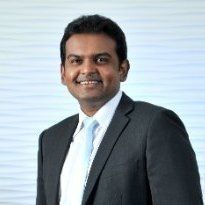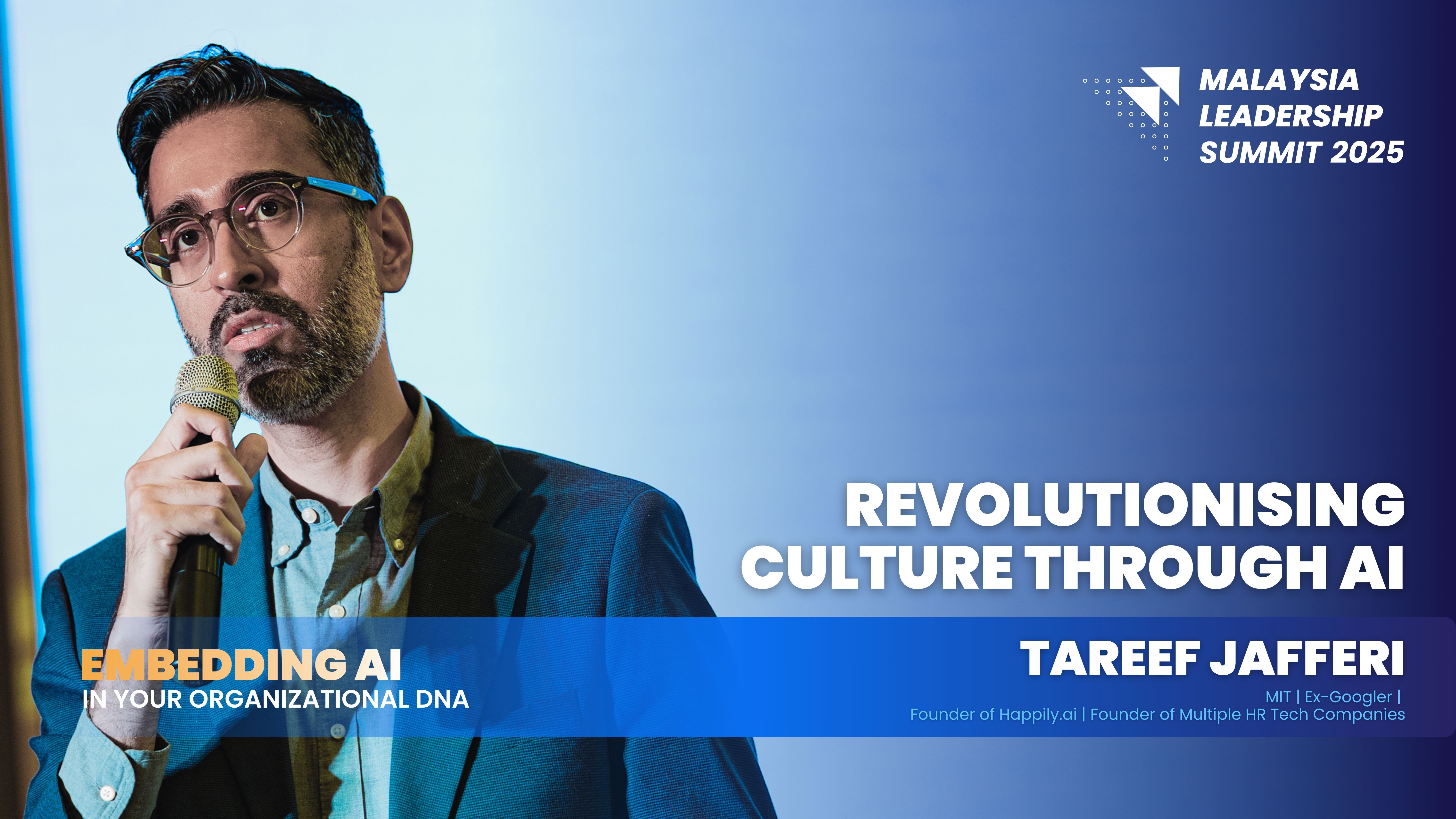Organisational Innovation: Natural or Nurtured?

When you look at a smart individual, you can’t help but wonder if this person was born smart or whether his/her intelligence was nurtured. The same question applies when you look at great innovative companies such as Samsung, 3M, IBM, Volkswagen, AirAsia, GE, Google and many more. You tend to ask yourself if such organisational innovation happened naturally or was it nurtured?
Our research shows that more often than not, such organisational innovation can be nurtured. The good news is that organisational innovation may look like rocket science, but in reality it is actually not. Companies can apply basic fundamentals to develop an innovative ecosystem and culture, regardless of the size or nature of their businesses.
Here are five essential tips (with examples) to kick-start your organisational innovation ecosystem:
TIP NO. 1 – Establish innovative HR policies
A core belief of 3M is that creativity needs freedom. That is why in 1974, the company introduced a programme called “15% time” in which employees are allowed to use a portion of their paid time to chase their own ideas and projects. Employees can use resources from the company and build their teams in pursuing ideas and insights.
Twice a year, six to eight of the most interesting ideas will receive grants that are called “Genesis Grants.” Genesis Grants are about US$30,000 to US$75,000 of seed money for 12 months of research. This programme has produced many of the company’s best-selling products and has set a precedent for some of the top technology companies like Google and HP. One of the products that has been created through this programme is the famous sticky note, which was born from an employee who thought that if he applied an adhesive to the back of a piece of paper, he could create the perfect bookmark. He called it the Post-It Note.
Google also has the rule of “20% time” where one day in a week, employees will work on projects that aren’t necessarily in their job scope. During this time, engineers can work on something new or if they see something broken, they can spend that time fixing it. Products like Gmail, Google News, and even the Google shuttle bus that bring people to work at the company’s headquarters are all products resulting from the “20% time.”
TIP NO. 2 – Tap into collective intelligence
Crowdsourcing is the new paradigm of knowledge management. Tapping into collective intelligence is a great way to establish an innovative ecosystem. HCL Technologies, an Indian IT services and software development company, experienced rapid growth since its foundation in 1998. But this rapid growth meant that it became increasingly difficult for senior management to give detailed feedback on hundreds of business unit level plans each year.
As a result, the CEO and senior management team decided to turn the company’s existing business planning process into a live online platform, which involved a few hundred top executives. The new process was launched in 2009 and was called “My Blueprint.” Three hundred HCL managers posted their business plans with an audio presentation and more than 8,000 employees were invited to review and provide input on the individual blueprints. The inclusive nature of the process helped identify specific ideas for cross-unit collaboration and gave business leaders a chance to obtain detailed and actionable feedback from interested individuals across the company.
Read More: How To Increase Your Corporate Agility
TIP NO. 3 – Empower employees with powerful tools and methodology
The Value Innovation Programme (VIP) at Samsung Electronics is a crucial weapon in the South Korean company’s strategy for ensuring future and sustainable growth. Samsung Electronics has institutionalised the use of innovative management tools in its key business creation decisions by establishing the VIP in the early years.
The programme brings together engineers, designers, product planners, and marketers early in the product development stage, to brainstorm ideas to make gadgets more user-friendly and to trim inefficiencies in the manufacturing and development process through a systematic thinking process using strategic tools and frameworks. One of the key successes of the programme was that within five years of entering the mobile phone market in 2003, Samsung has now become the top two players in the industry. Samsung VIP essentially has five steps.
1. LOCK’EM UP
Daily routines can interrupt the flow of great ideas, so Samsung isolates its development teams in the VIP centre and requires all members to work there for weeks on end, until the project is completed.
2. GUIDING HAND
Fifty specialists work at the centre. They help teams stay focused on the problems at hand, develop various alternative solutions, and reach a consensus when it’s time to make a decision.
3. MIX’EM UP
Strategic thinking is most successful when a wide variety of perspectives are represented. So Samsung gathers teams of engineers, designers, and planners from across the company to develop new products.
4. SET A DATE
Deadlines force teams to make tough choices and overcome disagreements that can slow down progress. Each team is given a timetable for progress and a fixed date for the project’s completion.
5. DO THE MATH
Team members draw “value curves” on strategy canvases that rank attributes such as sound or picture quality on a scale from one to five. These help the teams to focus and set priorities to differentiate Samsung’s products from its rivals.
TIP NO. 4 – Allocate budget for creativity
General Electric (GE) has been one of the most successful companies in the world for more than a century. The company has been admired for its products, culture and series of strong chief executives. One of the main reasons for GE’s success is due to strategic investment in research and development with an emphasis on “repeated, continuous innovation.” GE has invested a large percentage of sales in R&D for the past years and now has R&D centres in Brazil, China, Germany and India.
Throughout the long history of GE, it has only had 10 CEOs, all of whom shared a vision for growth that emphasised the “quality, speed and execution” of GE’s innovation efforts, which made GE’s product innovation possible. In the 1900s, GE opened its first R&D lab and developed the strategy of product differentiation. The company realised the power of research-driven innovation and the importance of being able to deliver such innovation to the market, which led to the creation of the ductile tungsten filament that made the lights more durable.
Even during the depression years, the company managed to back its R&D efforts through several ways, such as creating GE Credit Corp in 1932, which also helped finance the sales of the company’s appliances.
Smaller or medium-sized companies should also consider investing at least 10% to 12% of their revenue for applied R&D initiatives because a “budget for creativity and innovation” is crucial in today’s dynamic business environment.
TIP NO. 5 – Capitalise existing technologies
One of the quickest and cost saving ways to establish an innovative ecosystem is to capitalise existing technologies to foster crowdsourcing, collaboration and ideation in an organisation. Such technologies do not necessarily require heavy investments, thanks to the available and affordable solutions in the market such as Google Plus and IBM Smart Cloud.
Google Plus is a virtual meeting place, where colleagues can share ideas, info, and collaborate in real-time or on their own time. The ultimate goal is to bring people together to share knowledge. On Google Plus, associates can use a feature called “hang out” to have a video conference while sharing screens or Google Docs and even chat. On the other hand, the IBM Smart Cloud provides easy-to-access integrated email, social business capabilities and third party applications. The service is based on cloud computing and is security-rich with an affordable price.
The benefits of the system for companies are deepening customer relationships, increasing effectiveness, optimising workforce, and reducing IT costs and complexity. In conclusion, the tips above can be applied step by step or progressively according to the size, budget and nature of the business. However, at least one of the tips should be applied by organisations that are keen to pursue an innovative organisational ecosystem.
Enjoyed the article? Check out the Leaderonomics Show below featuring Neal Cross, former Chief Innovation Officer at DBS Bank - a.k.a The World's Most Disruptive CIO as dubbed by Apple co-founder Steve Wozniak and Virgin Group founder Richard Branson, and learn from his journey!
Do you desire to accelerate your growth? Look no further. Necole is a state of the art learning platform that curates personalised learning just for you. To find out more about Necole, click here or email info@leaderonomics.com.
Leadership
Tags: Be A Leader





